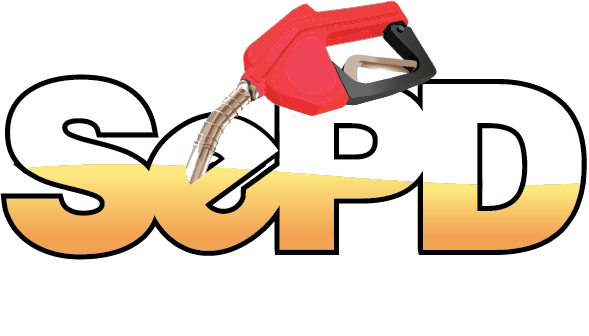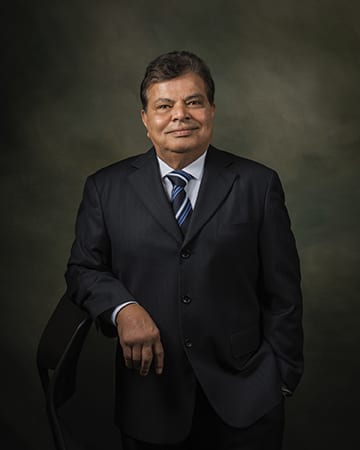 The implementation of chip cards hasn’t been smooth, and there are more challenges to anticipate as service stations begin putting EMV card readers on gas pumps.
The implementation of chip cards hasn’t been smooth, and there are more challenges to anticipate as service stations begin putting EMV card readers on gas pumps.
The good news for gas station owners and operators is that Visa, American Express and MasterCard’s deadline to install the readers on pumps — before liability for fraud reverts to station owners — has been extended from October 2017 to October 1, 2020.
Visa cited the benefits of EMV cards in a recent statement: “More than 1.7 million merchants representing more than a third of storefronts are now accepting chip cards; 388 million Visa chip cards have been issued in the U.S., and we are already seeing a 43 percent reduction of counterfeit fraud at chip-enabled merchants.”
But it also mentioned the challenges inherent to installing chip-card readers on pumps, most of which take swipe cards. Implementing new hardware in existing pumps could be complex. In some cases, Visa said, pumps may even need to be replaced. In addition, “there are still issues with a sufficient supply of regulatory-compliant EMV hardware and software to enable most upgrades by 2017.”
In other words, the companies understand it won’t be easy, but don’t wait until the last minute to start the conversion.
Because of the anticipated complexity of installing these readers, it’s important to push forward with designs and implementation of EMV readers on pumps. Fuel dispensers are especially vulnerable to fraud given that they are mostly unattended. While they are working on card-reader upgrades, stations should consider beefing up other measures to deter fraud, such as security cameras.
When the deadline arrives, station owners will be held responsible for fraudulent chargebacks from automatic fuel dispensers if those pumps have not been enabled with EMV/chip card readers.
In a recent CSO article (http://www.csoonline.com/article/3147899/fraud/emv-migration-delay-doesnt-let-gas-stations-completely-off-the-hook.html), petroleum industry association Conexxus advised stations to stay on top of their plans to avoid being caught holding the bag for fraudulent purchases. Gas stations account for about $400 million in such fraud each year, Conexxus says. Stations that haven’t been upgraded will be a prime target for thieves as other businesses tighten security with EMV readers.
There are 1.4 million pumps in the United States and a limited number of trained and certified technicians to implement the hardware, Randy Vanderhoof, director of the U.S. Payments Forum, told SearchSecurity (http://searchsecurity.techtarget.com/news/450409490/Gas-stations-get-three-extra-years-before-EMV-liability-shift).
EMV stands for Europay, MasterCard and Visa, who created the chip standard for credit cards that allows for transactions more secure than swiping.
More than 42 percent of transactions were EMV-compliant globally between July 2016 and June 2016, according to EMVCo, the technical body that manages EMV specifications. That number is up compared with 33 percent during the previous 12-month period.





